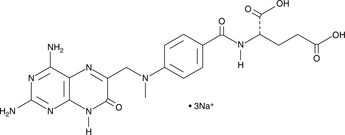Proteases
Proteases is a general term for a class of enzymes that hydrolyze protein peptide chains. According to the way they degrade polypeptides, they are divided into two categories: endopeptidases and telopeptidases. The former can cut the large molecular weight polypeptide chain from the middle to form prions and peptones with smaller molecular weights; the latter can be divided into carboxypeptidase and aminopeptidase, which respectively remove the peptide from the free carboxyl terminus or free amino terminus of the polypeptide one by one. Chain hydrolysis produces amino acids.
A general term for a class of enzymes that hydrolyze peptide bonds in proteins. According to the way they hydrolyze polypeptides, they can be divided into endopeptidases and exopeptidases. Endopeptidase cleaves the interior of the protein molecule to form smaller molecular weight peptones and peptones. Exopeptidase hydrolyzes peptide bonds one by one from the end of the free amino group or carboxyl group of protein molecules, and frees amino acids, the former is aminopeptidase and the latter is carboxypeptidase. Proteases can be classified into serine proteases, sulfhydryl proteases, metalloproteases and aspartic proteases according to their active centers and optimum pH. According to the optimum pH value of its reaction, it is divided into acidic protease, neutral protease and alkaline protease. The proteases used in industrial production are mainly endopeptidases.
Proteases are widely found in animal offal, plant stems and leaves, fruits and microorganisms. Microbial proteases are mainly produced by molds and bacteria, followed by yeast and actinomycetes.
Enzymes that catalyze the hydrolysis of proteins. There are many kinds, the important ones are pepsin, trypsin, cathepsin, papain and subtilisin. Proteases have strict selectivity for the reaction substrates they act on. A protease can only act on certain peptide bonds in protein molecules, such as the peptide bonds formed by the hydrolysis of basic amino acids catalyzed by trypsin. Proteases are widely distributed, mainly in the digestive tract of humans and animals, and are abundant in plants and microorganisms. Due to limited animal and plant resources, the industrial production of protease preparations is mainly prepared by fermentation of microorganisms such as Bacillus subtilis and Aspergillus terrestris.
対象は Proteases
- Caspase(88)
- Aminopeptidase(19)
- ACE(69)
- Calpains(11)
- Carboxypeptidase(8)
- Cathepsin(68)
- DPP-4(18)
- Elastase(23)
- Gamma Secretase(46)
- HCV Protease(35)
- HSP(95)
- HIV Integrase(29)
- HIV Protease(32)
- MMP(199)
- NS3/4a protease(4)
- Serine Protease(11)
- Thrombin(46)
- Urokinase(2)
- Cysteine Protease(0)
- Other Proteases(15)
- Tyrosinases(44)
- 15-PGDH(1)
- Acetyl-CoA Carboxylase(13)
- Acyltransferase(53)
- Aldehyde Dehydrogenase (ALDH)(27)
- Aminoacyl-tRNA Synthetase(9)
- ATGL(1)
- Dipeptidyl Peptidase(47)
- Drug Metabolite(453)
- E1/E2/E3 Enzyme(82)
- Endogenous Metabolite(1555)
- FABP(30)
- Farnesyl Transferase(21)
- Glutaminase(14)
- Glutathione Peroxidase(14)
- Isocitrate Dehydrogenase (IDH)(26)
- Lactate Dehydrogenase(17)
- Lipoxygenase(231)
- Mitochondrial Metabolism(201)
- NEDD8-activating Enzyme(6)
- Neprilysin(12)
- PAI-1(12)
- Ser/Thr Protease(40)
- Tryptophan Hydroxylase(11)
- Xanthine Oxidase(16)
- MALT1(10)
- PCSK9(1)
製品は Proteases
- Cat.No. 商品名 インフォメーション
-
GC40378
5(S)-HEPE
5(S)-HEPEは、エイコサペンタエン酸(EPA)の5-リポキシゲナーゼによる酸化によって生成されます。

-
GC40460
5(S)-HETE
5(S)-Hydroxyeicosatetraenoic Acid
5(S)-HETEは、アラキドン酸に対する5-LOの作用によって5(S)-HpETEが生成された後、過酸化物の還元によって生成されます。

-
GC40829
5(S)-HETE lactone
5(S)-Hydroxyeicosatetraenoic Acid lactone
5(S)-HETEラクトンは、5(S)-HETEのC-5ヒドロキシル基がC-1カルボキシル基に酸触媒下で求核付加反応を起こして形成された環状エステルです。
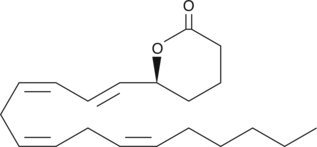
-
GC46679
5(S)-HETE-d8
5(S)-Hydroxyeicosatetraenoic Acid-d8
5-HETEの定量化のための内部標準

-
GC42479
5(S)-HETrE
5(S)-HETrEは、メアド酸が基質の場合に5-LOの作用によって生成されます。

-
GC41105
5(S)-HpEPE
5(S)-HpEPEは、EPAに対する5-LOの作用によって生成される単一過酸化ポリ不飽和脂肪酸です。

-
GC40784
5(Z),8(Z),14(Z)-Eicosatrienoic Acid
5(Z),8(Z),14(Z)-イコサトリエン酸は、5-リポキシゲナーゼ(5-LO)の基質となる多価不飽和脂肪酸です。

-
GC40830
5,6-dehydro Arachidonic Acid
5,6dehydro AA
5,6-デヒドロアラキドン酸は、5,6位置にアセチレンを持つアラキドン酸の類似体です。

-
GC18542
5,6-dihydro-5-Fluorouracil
5-DHFU, 5-Fluorodihydropyrimidine-2,4-dione, 5-Fluorodihydrouracil, 5-Fluoro-5,6-dihydrouracil, 5-FUH2
5,6-ジヒドロ-5-フルオロウラシル(5-FUH2)は、酵素であるジヒドロピリミジンデヒドロゲナーゼ(DPD)によって、5-フルオロウラシルの水素化によって形成されます。
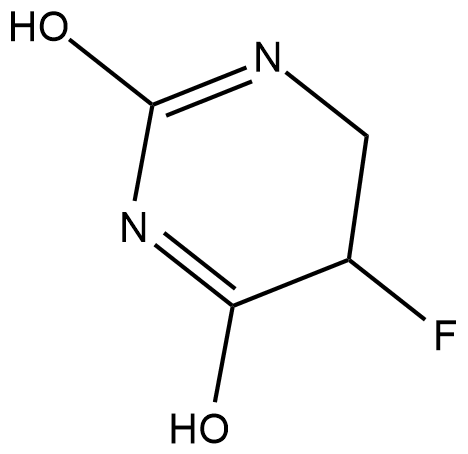
-
GC35152
5,6-Dihydro-5-methyluracil
チミンの中間分解産物である 5,6-ジヒドロ-5-メチルウラシル (ジヒドロチミン) は、動物または植物に由来します。
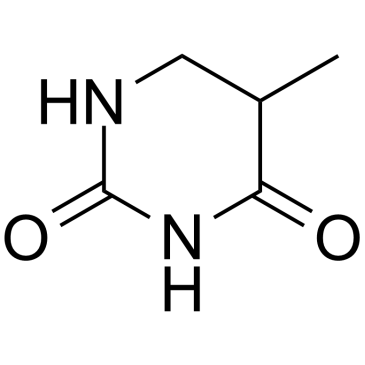
-
GC33650
5,6-Dihydrouracil
NSC 11867
ウラシルの代謝産物である 5,6-ジヒドロウラシル (5,6-5,6-ジヒドロウラシル) は、ジヒドロピリミジン脱水素酵素 (DPD) 欠損の識別のためのマーカーとして使用できます。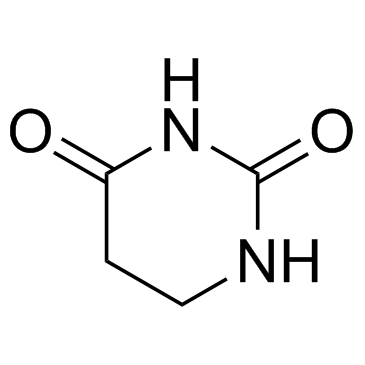
-
GC33502
5,6-Dihydrouridine
DHU
5,6-ジヒドロウリジンは、細菌、真核生物、および一部の古細菌の tRNA の D ループの保存された位置に見られる修飾塩基です。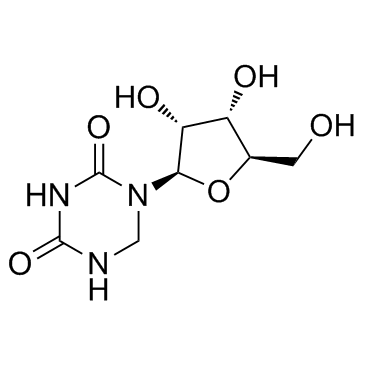
-
GC42484
5,6-dihydroxy Indole
Dopamine lutine
メラニン前駆体である 5,6-ジヒドロキシ インドールは、広範囲の抗菌、抗真菌、抗ウイルス、抗寄生虫活性を持っています。
-
GC38286
5,6-Dimethyl-1H-benzo[d]imidazole
5,6-ジメチル-1H-ベンゾ[d]イミダゾールは内因性代謝物です。
![5,6-Dimethyl-1H-benzo[d]imidazole Chemical Structure 5,6-Dimethyl-1H-benzo[d]imidazole Chemical Structure](/media/struct/GC3/GC38286.png)
-
GC18466
5,6-epoxy-13-cis Retinoic Acid
5,6-epoxy-13-cis RA
5,6-エポキシ-13-cisレチノイン酸は、13-cisレチノイン酸の代謝物です。
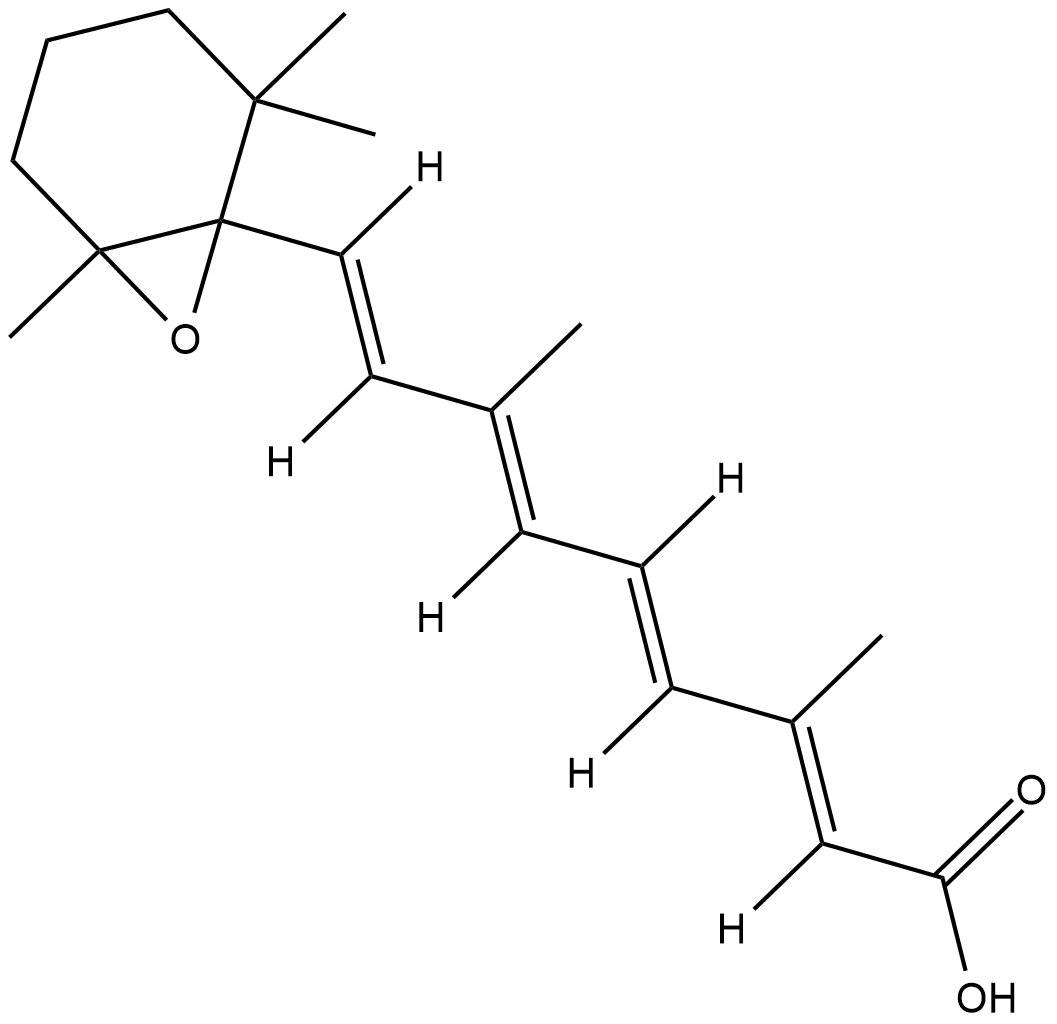
-
GC35150
5,7,4'-Trimethoxyflavone
5,7,4'-トリメトキシフラボンは、タイの有名な薬用植物であるケンフェリア パルビフローラ (KP) から分離されました。 5,7,4'-トリメトキシフラボンは、サブ G1 期の増加、DNA 断片化、アネキシン-V/PI 染色、Bax/Bcl-xL 比、カスパーゼ-3 のタンパク質分解活性化、および poly の分解によって証明されるように、アポトーシスを誘導します。 (ADP-リボース) ポリメラーゼ (PARP) タンパク質。5,7,4'-トリメトキシフラボンは、SNU-16 ヒト胃癌細胞の増殖を濃度依存的に阻害するのに非常に効果的です。
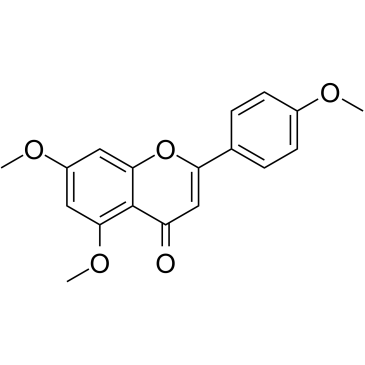
-
GN10629
5,7-dihydroxychromone
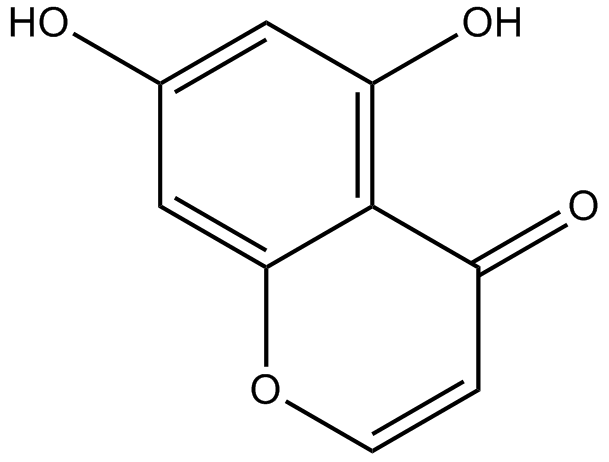
-
GC52227
5-(3',4'-Dihydroxyphenyl)-γ-Valerolactone
(±)-δ-(3,4-Dihydroxyphenyl)-γ-Valerolactone, 5-(3',4'-Dihydroxyphenyl)-γ-VL
様々なポリフェノールの活性代謝物

-
GC38882
5-ALA benzyl ester hydrochloride
5-ALA ベンジルエステル塩酸塩 (Benzyl-ALA Hydrochloride) は、光検出剤として使用されるプロトポルフィリン前駆体です。 5-ALA ベンジルエステル塩酸塩は、結腸癌細胞株でプロトポルフィリン IX (PPIX) の蓄積を誘導します。
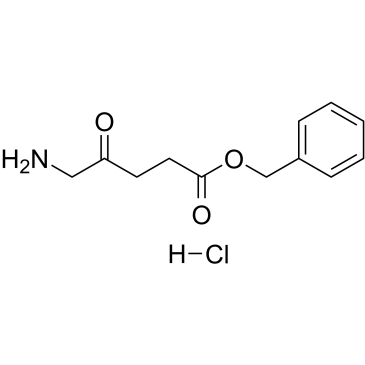
-
GC35156
5-Amino-3H-imidazole-4-Carboxamide
5-アミノ-3H-イミダゾール-4-カルボキサミド (AICA) は、一般にプリンの合成、特に核酸塩基のアデニンとグアニンの合成の重要な前駆体です。
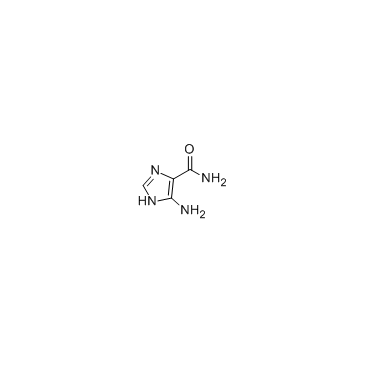
-
GC32608
5-Amino-4-oxopentanoic acid
5-アミノ-4-オキソペンタン酸 (5-ALA) は、ヘム生合成において律速の役割を果たす非タンパク質アミノ酸です。
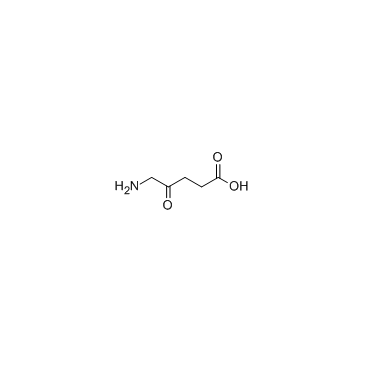
-
GC45356
5-Aminolevulinic Acid (hydrochloride)

-
GC52413
5-Aminosalicylic Acid-d7
5-ASA-d7, Mesalamine-d7, Mesalazine-d7
5-アミノサリチル酸の定量化のための内部標準

-
GC12713
5-Aminovaleric acid hydrochloride
5-アミノ吉草酸塩酸塩は、γ-アミノ酪酸 (GABA) のメチレン同族体として作用し、弱い GABA アゴニストとして機能すると考えられています。
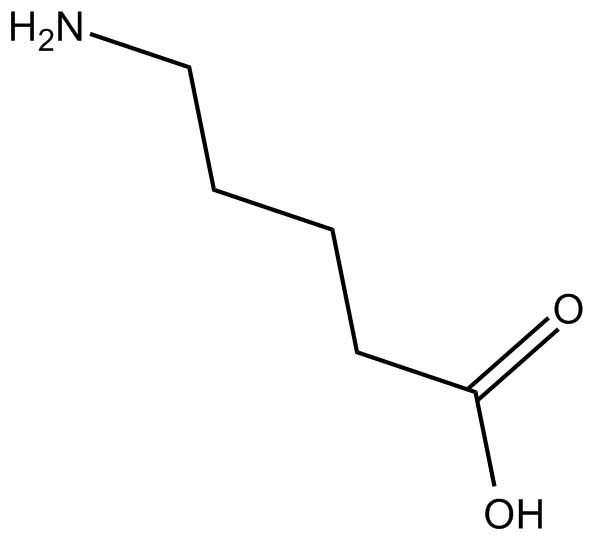
-
GN10062
5-HTP

-
GC49655
5-hydroxy Buspirone
ブスピロンの代謝物質

-
GC42546
5-hydroxy Diclofenac
5-ヒドロキシジクロフェナクは、サイトクロムP450(CYP)アイソフォームCYP3A4によって形成されるNSAIDジクロフェナックの代謝物です。

-
GC49119
5-hydroxy Flunixin
フルニキシンの代謝物質

-
GC49315
5-hydroxy Indomethacin
O-Desmethyl Indomethacin
インドメタシンの代謝物質

-
GC41312
5-hydroxy Omeprazole
5-hydroxy OMEP, 5-hydroxy OMP, 5-hydroxy OMZ
5-ヒドロキシオメプラゾールは、胃のH+/K+-ATPaseポンプの阻害剤であるオメプラゾールの主要な代謝物です。
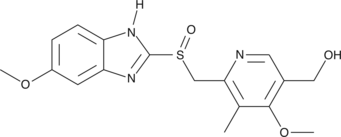
-
GC42549
5-hydroxy Thiabendazole
5-OH TBZ
5-ヒドロキシチアベンダゾール(5-OH TBZ)は、駆虫薬であるチアベンダゾールの主要な代謝物です。

-
GC12829
5-hydroxy Tryptophol
NSC 84416
5-ヒドロキシ トリプトフォールは哺乳類のセロトニン代謝産物であり、急性アルコール消費のマーカーとして機能します。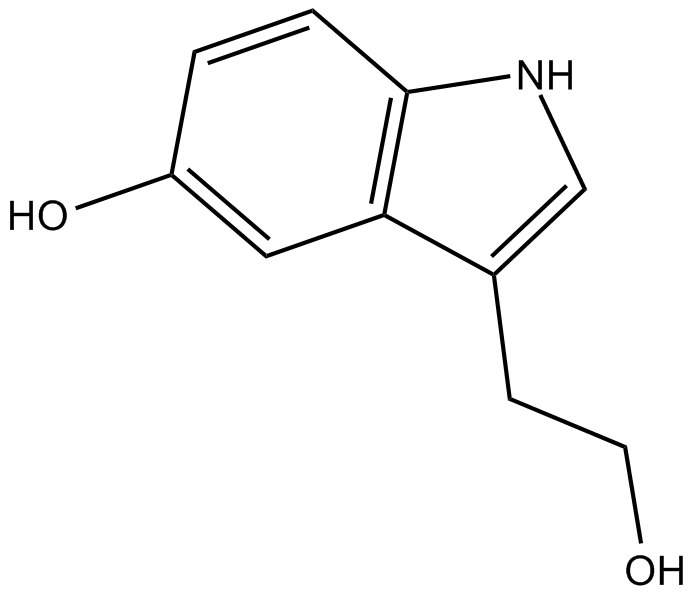
-
GC60529
5-Hydroxy-2'-deoxyuridine
5-OHdU
5-ヒドロキシ-2'-デオキシウリジン (5-OHdU) は、2'-デオキシシチジンの主要な安定した酸化生成物です。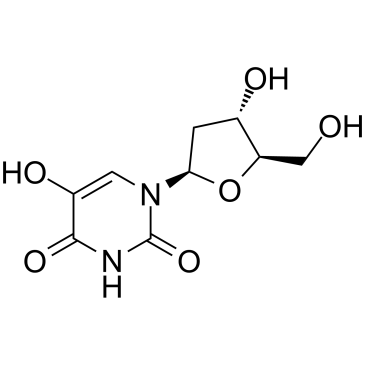
-
GC42550
5-hydroxy-6-methoxy (S)-Duloxetine
5-ヒドロキシ-6-メトキシ(S)-デュロキセチンは、(S)-デュロキセチンの代謝物です。

-
GC30613
5-Hydroxydopamine hydrochloride
5-ヒドロキシドーパミンは、人間の尿中に天然に存在するアミンです。
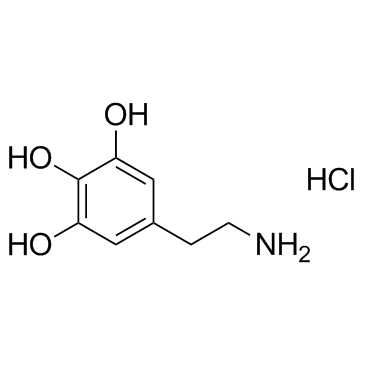
-
GC33698
5-Hydroxyindole-3-acetic acid
5-HIAA, 5-Hydroxyindoleacetic Acid, 5-hydroxy IAA, NSC 90432
5-ヒドロキシインドール-3-酢酸はセロトニンまたはメタネフリンの主要な代謝産物であり、神経内分泌腫瘍のバイオマーカーとして使用できます。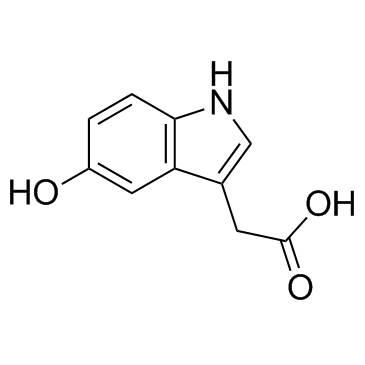
-
GC42551
5-hydroxymethyl Tolterodine (formate)
5-HMT, Desfesoterodine, PNU 200577
5-ヒドロキシメチルトルテロジンは、ムスカリン性アセチルコリン受容体拮抗薬であるトルテロジンとフェソテロジンの有効代謝物質です。

-
GC30189
5-Hydroxymethyl-2-furancarboxylic acid
NSC 40739
5-ヒドロキシメチル-2-フランカルボン酸は、体内の 5-ヒドロキシメチル-2-フルフラール (HMF) の主な代謝産物であり、腎臓から排出されます。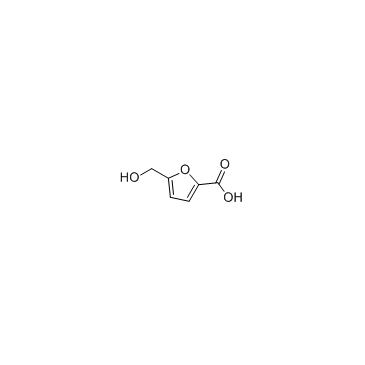
-
GC33613
5-Hydroxymethyluracil
5-ヒドロキシメチルウラシルは、酸化的 DNA 損傷の産物です。
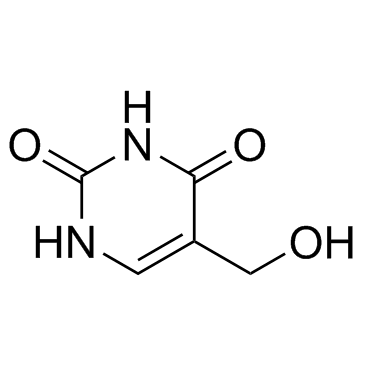
-
GC62810
5-Hydroxytryptamine creatinine sulfate monohydrate
5-ヒドロキシトリプタミン クレアチニン硫酸塩一水和物は、内因性代謝産物です。
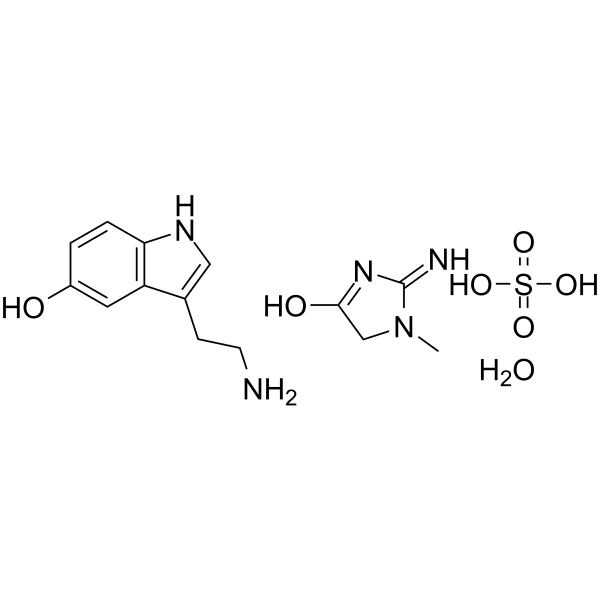
-
GC67951
5-Hydroxytryptophol-d4
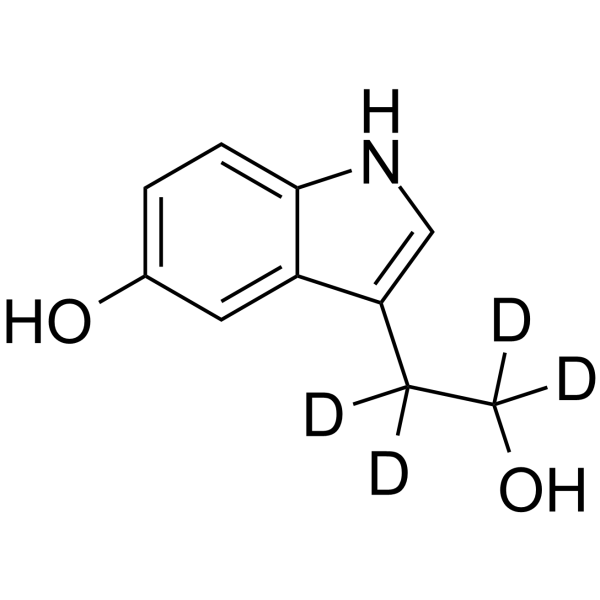
-
GC31997
5-Lipoxygenase-In-1
5-リポキシゲナーゼ-In-1 は、特許 EP 331232 A2、表 4、化合物例 4.10 から抽出された 5-リポキシゲナーゼ阻害剤です。
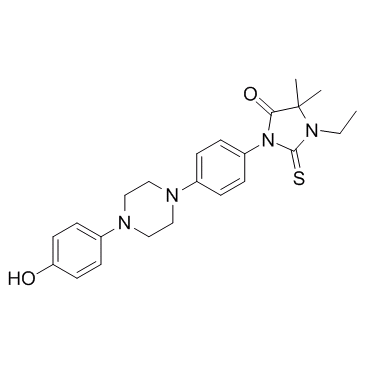
-
GC66031
5-LOX-IN-1
5-LOX-IN-1 (化合物 2b) は、IC50 値が 2.3 μM のヒト 5-リポキシゲナーゼ (5-LOX) の阻害剤です。 5-LOX-IN-1 は、炎症の研究に使用できます。
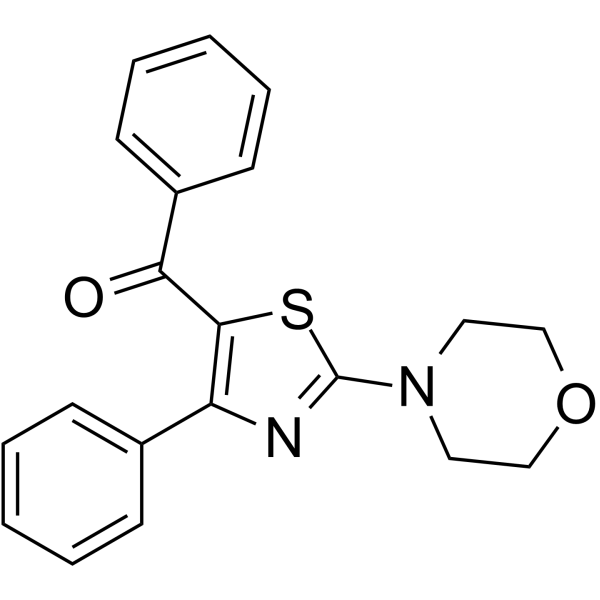
-
GC62811
5-Methoxy-5-oxopentanoic acid
5-メトキシ-5-オキソペンタン酸は内因性代謝産物です。
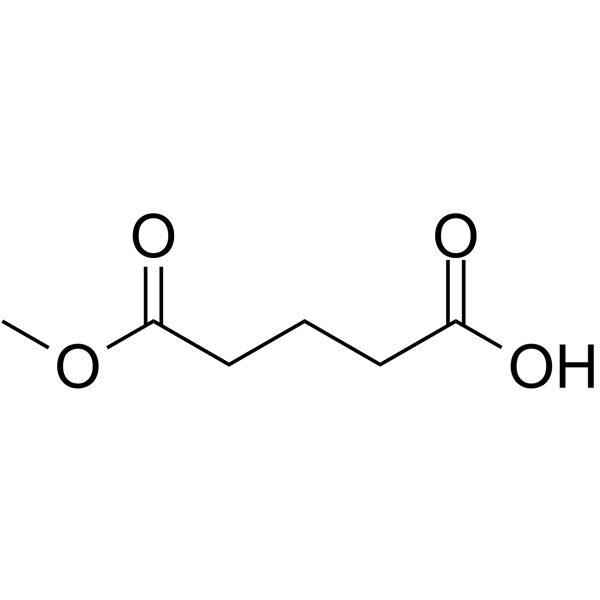
-
GC38058
5-Methoxy-DL-tryptophan
DL-5-Methoxytryptophan, DL-5-MTP, 5-Methoxytryptophan
5-メトキシ-DL-トリプトファンは内因性代謝産物です。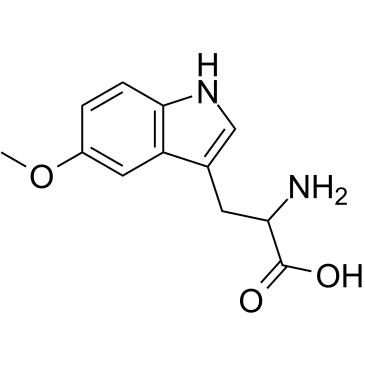
-
GC46078
5-Methoxyindole-3-acetic acid
5-methoxy IAA, 5-Methoxyindoleacetic Acid, 5-MIAA
5-メトキシインドール-3-酢酸は、メラトニンの代謝産物です。
-
GC64182
5-Methoxytryptamine hydrochloride
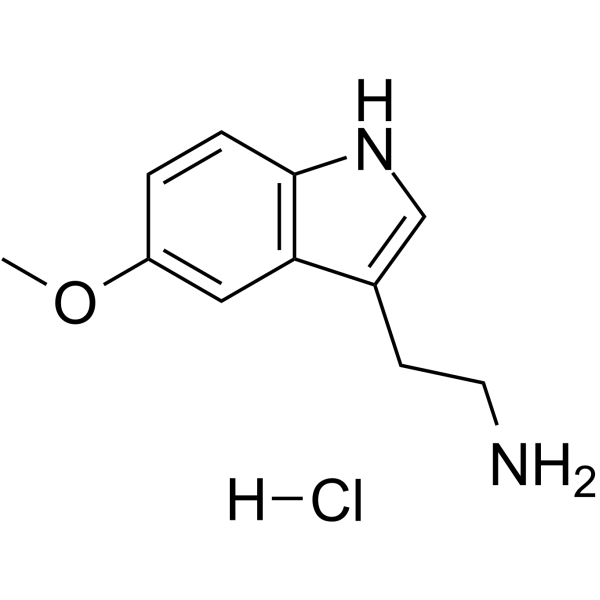
-
GC30712
5-Methoxytryptophol
5-MTOH
5-メトキシトリプトホールは、松果体に存在する天然のインドールです。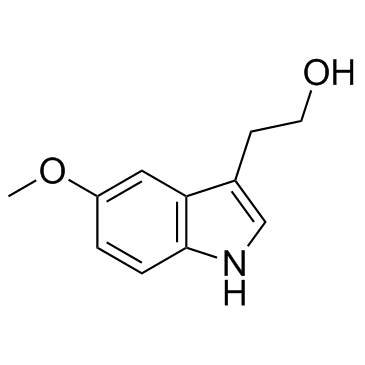
-
GC42562
5-Methyl-2'-deoxycytidine
5Methyldeoxycytidine
一本鎖 DNA の 5-メチル-2'-デオキシシチジンは、cis で作用して de novo DNA メチル化のシグナルを発します 。
-
GC33526
5-Methylcytidine
NSC 363933
5-メチルシチジンは、複数の生体液で検出されるピリミジンヌクレオシドです。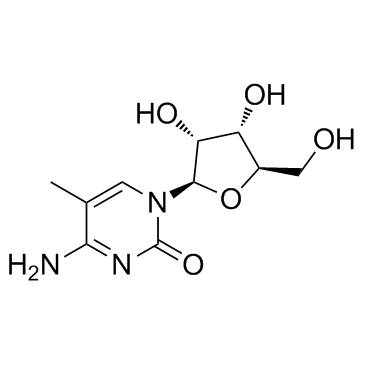
-
GC35166
5-Methylcytosine
5-メチルシトシンは、十分に特徴付けられた DNA 修飾であり、原核生物と真核生物の両方の豊富な非コード RNA にも主に含まれています。
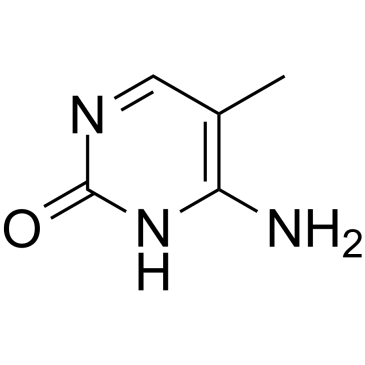
-
GC34881
5-Methyltetrahydrofolic acid
5-メチルテトラヒドロ葉酸 (5-メチル THF) は、生物学的に活性な形態の葉酸です。
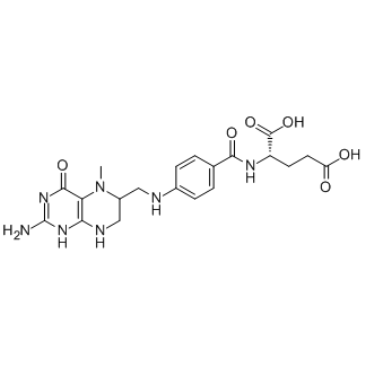
-
GC33514
5-Methyluridine
Ribothymidine, Thymine riboside
5-メチルウリジンは、ヒトの体液に含まれる内因性のメチル化ヌクレオシドです。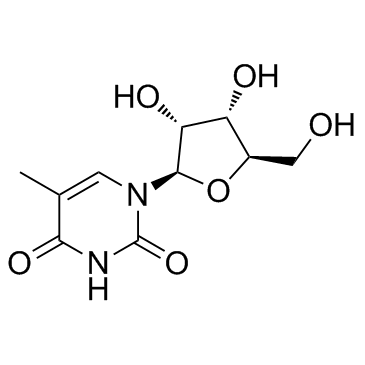
-
GC68228
5-Nitro-1,10-phenanthroline
5-NP

-
GC35168
5-O-Demethylnobiletin
5-hydroxy Nob, NSC 618927
5-O-デメチルノビレチン (5-Demethylnobiletin) は、Sideritis tragoriganum から分離されたポリメトキシフラボンであり、COX-2 の発現に影響を与えることなく、5-LOX を直接阻害します (IC50=0.1 μM)。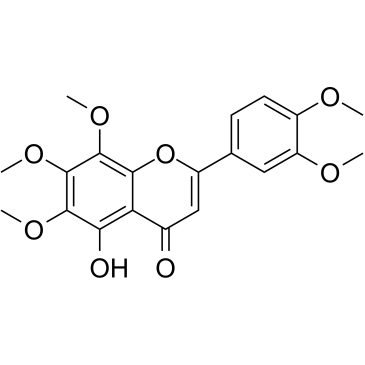
-
GC41310
5-Octyl-α-ketoglutarate
αKG octyl ester
クレブス回路での役割に加えて、α-ケトグルタル酸(2-オキソグルタル酸)は、酵素の基質または調節因子としての役割も持っています。

-
GC40380
5-OxoETE
5-KETE
5-OxoETEは、特定の脱水素酵素によって人間の好中球内で5-HETEが酸化されて形成される多価不飽和ケト酸です。

-
GC41322
5-OxoETE methyl ester
5-KETE methyl ester
5-OxoETEメチルエステルは、多価不飽和ケト酸5-oxoETEのエステル化された形態です。

-
GC62814
5-Phenylvaleric acid
5-フェニル吉草酸 (5-フェニルペンタン酸) は細菌由来のペンタン酸で、ヒトの生体液に時折見られます。
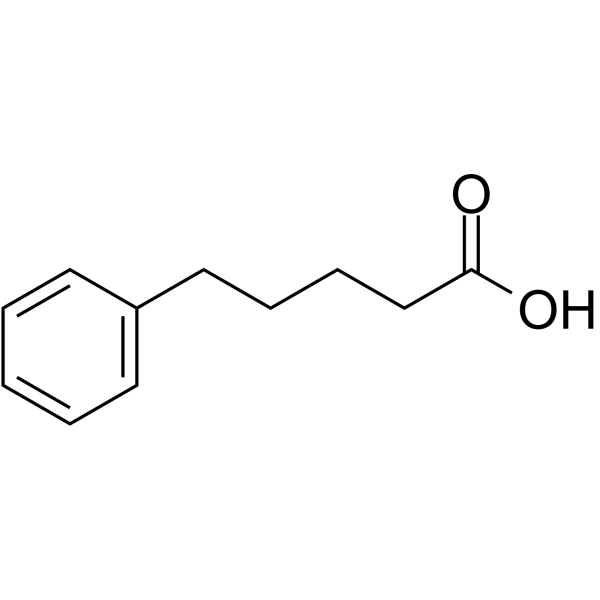
-
GC11101
5-R-Rivaroxaban
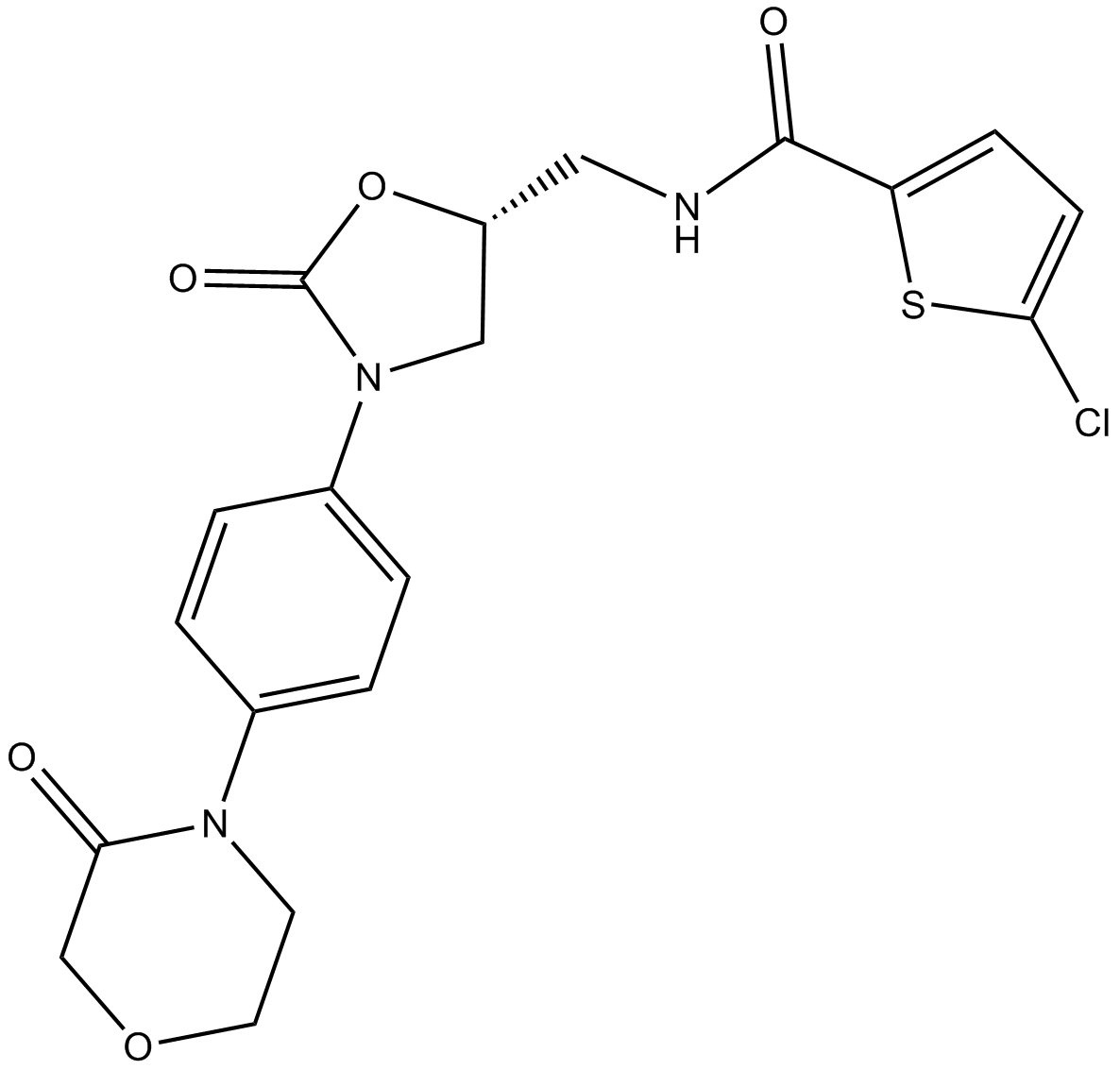
-
GC32410
5a-Pregnane-3,20-dione
5α-DHP, NSC 18319, 5α-Pregnanedione
5a-プレグナン-3,20-ジオンは、内因性のプロゲステロン代謝産物です。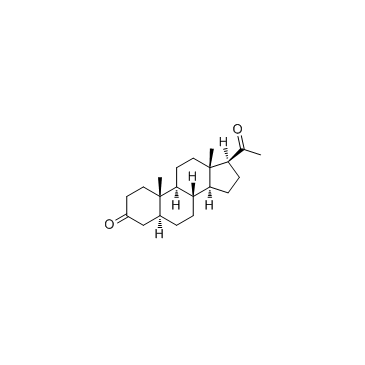
-
GC68374
5a-Pregnane-3,20-dione-d6
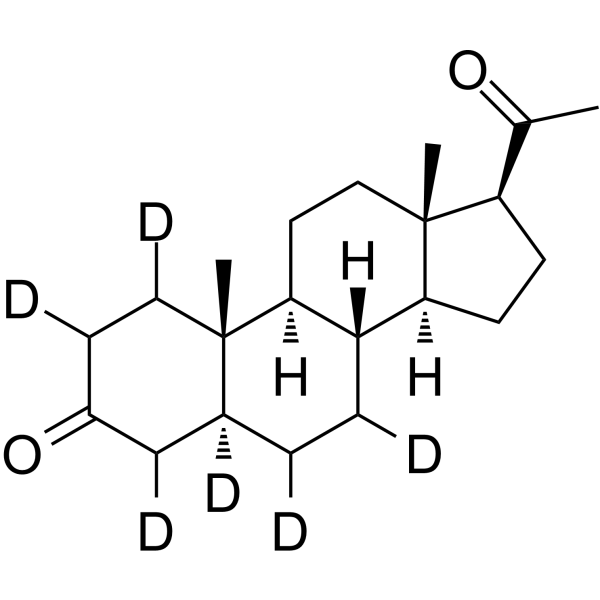
-
GC42586
6α-hydroxy Paclitaxel
6α-hydroxy Taxol
6α-ヒドロキシ パクリタキセルはパクリタキセルの一次代謝産物です。 6α-ヒドロキシパクリタキセルは、有機陰イオン輸送ポリペプチド 1B1/SLCO1B1 (OATP1B1) に対して、パクリタキセルと同様の阻害効力を持つ時間依存効果を保持しますが、OATP1B3 の時間依存阻害はもはや示しませんでした。 6α-ヒドロキシ パクリタキセルは癌の研究に使用できます。
-
GC49676
6β-hydroxy Budesonide
ブデソニドの代謝物
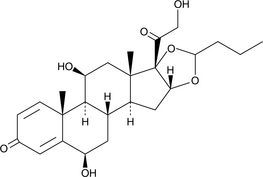
-
GC45969
6β-hydroxy Eplerenone
エプレノロンの主要な代謝物

-
GC49629
6β-hydroxy Prednisolone
プレドニゾロンの代謝産物

-
GC41424
6(S)-Lipoxin A4
5(S),6(S)-Lipoxin A4, 6-epi-Lipoxin A4, 6(S)-LXA4, 5(S),6(S),15(S)-TriHETE
リポキシンは、7,9,11,13-共役テトラエンを含むトリヒドロキシ脂肪酸です。

-
GC49749
6-Deoxypenciclovir
BRL 42359
ファムシクロビルの不活性代謝物

-
GC41224
6-diazo-5-oxo-L-nor-Leucine
DON, NSC 7365
6-ジアゾ-5-オキソ-L-ノールロイシン(DON)は、グルタミナーゼを阻害するグルタミンの類似体であり、グルタミンを使用する酵素の選択的なメカニズムに基づく不活性化剤です[1-3]。

-
GC42578
6-Formylpterin
2-Amino-6-formylpteridin-4-one, 6-FP, Pterin-6-aldehyde
キサンチンオキシダーゼ(XO)は、水と酸素の存在下で特定の基質を酸化する際に、過酸化水素(H2O2)を含む反応性酸素種を生成します。

-
GC18632
6-hydroxy Bexarotene
6-ヒドロキシベキサロテンは、レチノイドX受容体(RXR)の高親和性リガンドであるベキサロテンの酸化代謝物です。
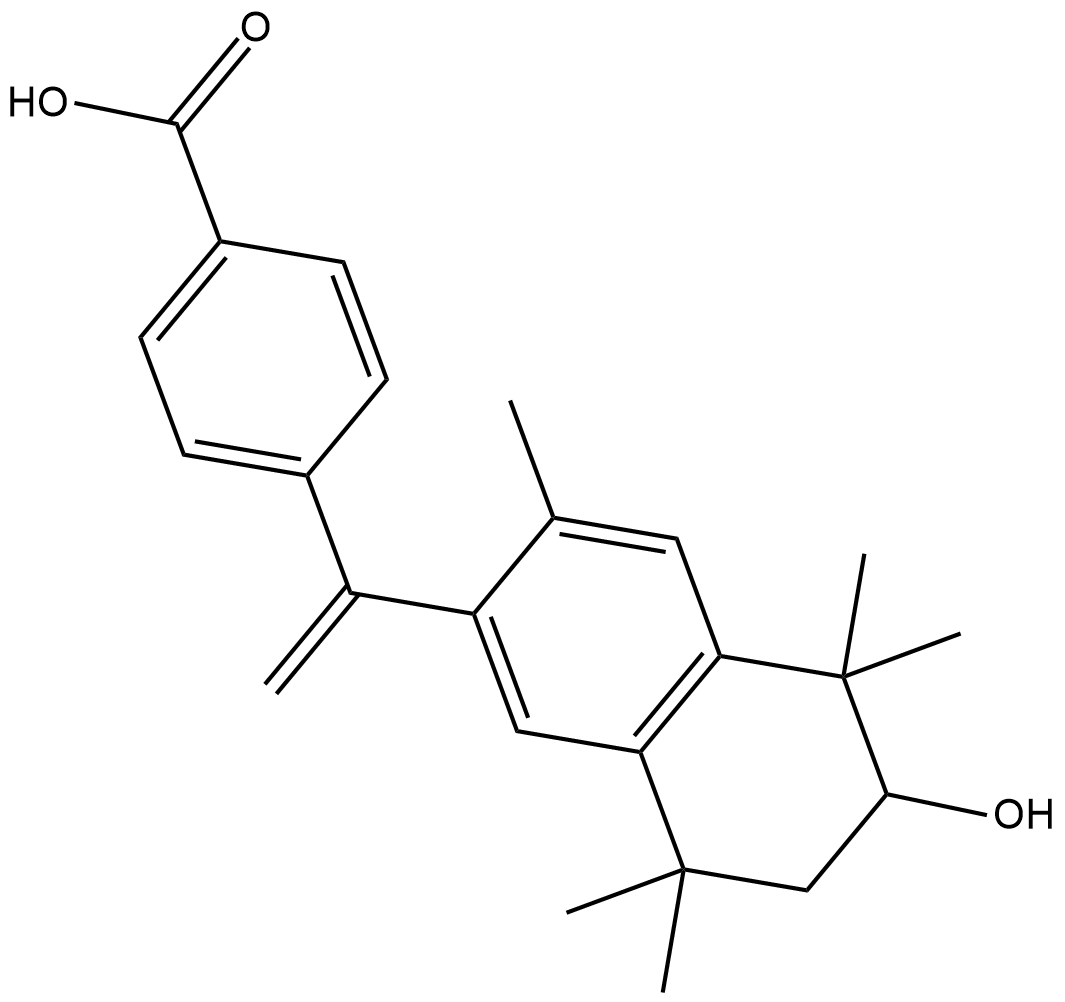
-
GC42580
6-hydroxy Chlorzoxazone
NSC 24955
6-ヒドロキシクロルゾキサゾンは、クロルゾキサゾンの代謝物です。

-
GC18219
6-hydroxy Warfarin
6-ヒドロキシワルファリンは、(-)-ワルファリンよりも弱いビタミンK拮抗薬である(+)-ワルファリンの代謝物です。
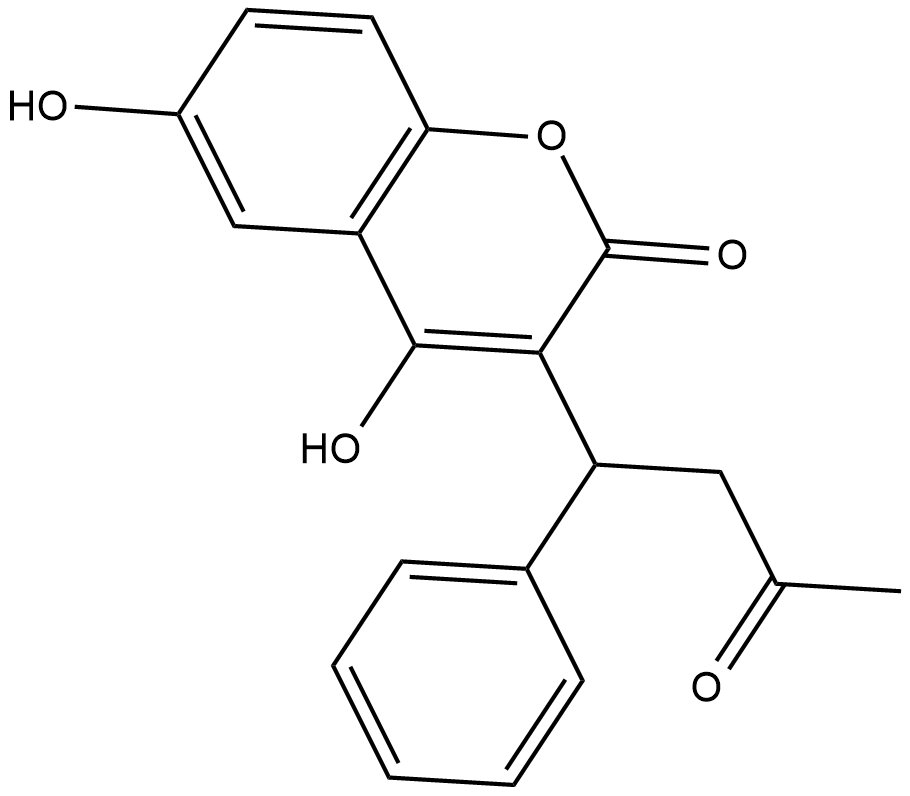
-
GC67988
6-Hydroxybenzbromarone
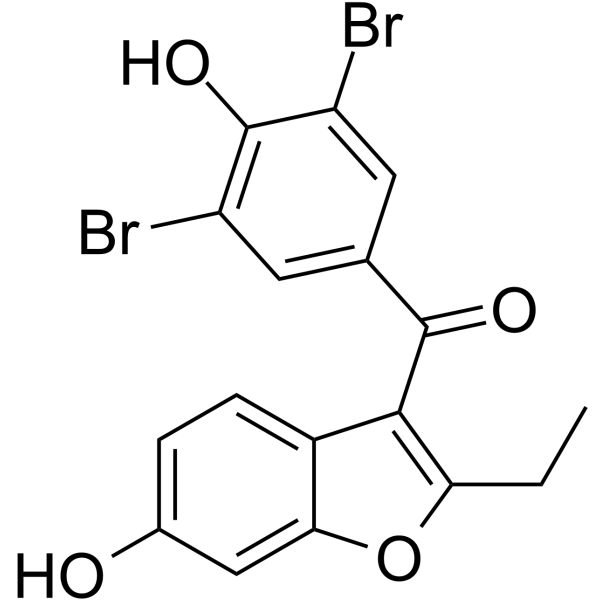
-
GC33704
6-Hydroxymelatonin
6-OHM
6-ヒドロキシメラトニンはメラトニンの一次代謝であり、シトクロム P450 (CYP) 1A2 によって代謝されます。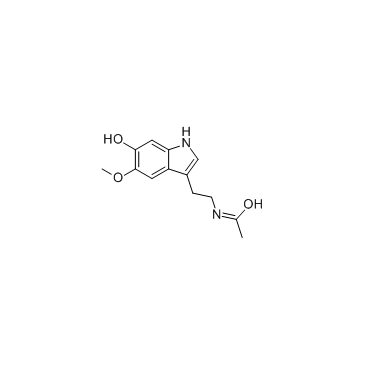
-
GC38278
6-Hydroxynicotinic acid
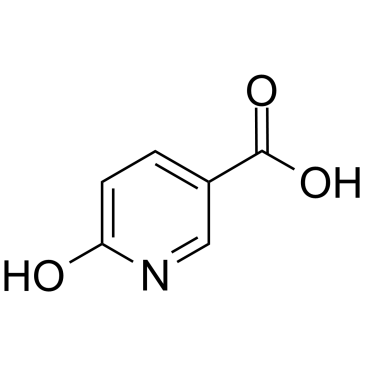
-
GC10067
6-Hydroxynicotinic acid
6-ヒドロキシニコチン酸は内因性代謝産物です。
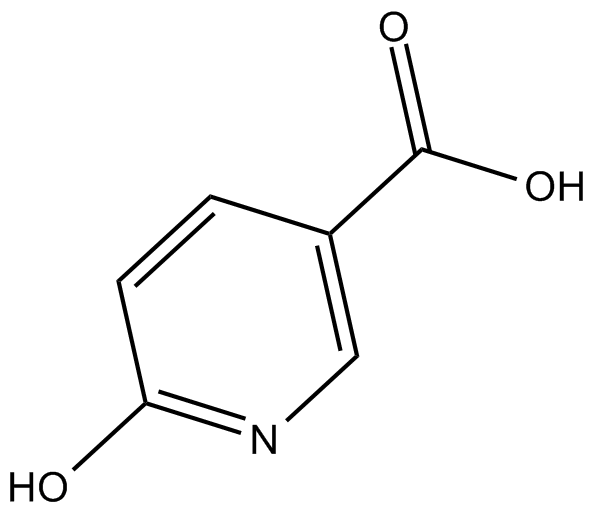
-
GC62816
6-Hydroxypyridin-2(1H)-one hydrochloride
6-ヒドロキシピリジン-2(1H)-オン塩酸塩は内因性代謝物です。
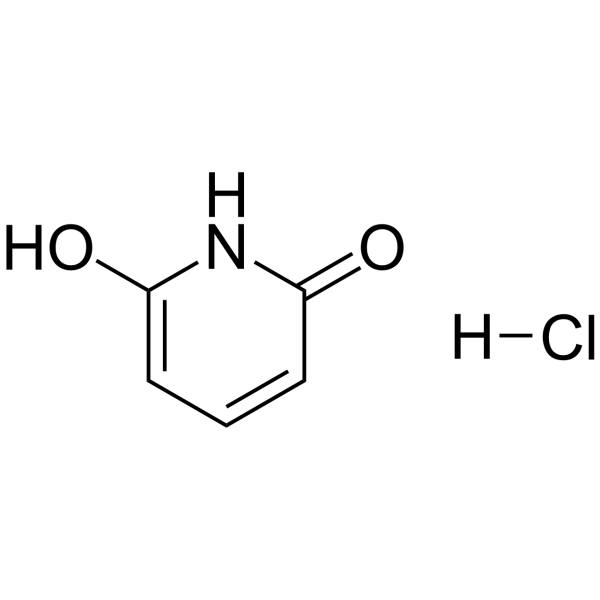
-
GC49235
6-Methylmercaptopurine
6-MMP, 6-(Methylthio)purine, NSC 20105, SQ 8,343
6-メルカプトプリンの代謝物

-
GC49488
6-Methylmercaptopurine-d3
6-MMP-d3, 6-(Methylthio)purine-d3
6-MMPの定量化のための内部標準

-
GC64741
6-Methylnicotinamide
ニコチンアミドの誘導体である6-メチルニコチンアミドは、内因性代謝産物です。
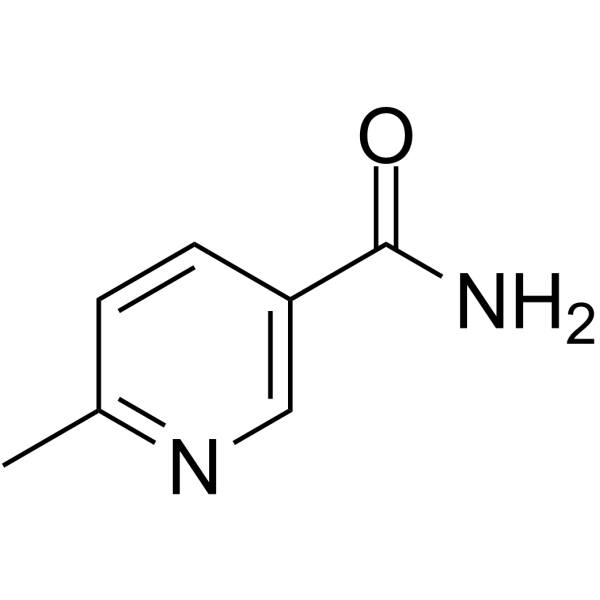
-
GC48721
6-O-Demethyl Griseofulvin
6-Demethylgriseofulvin
グリセオフルビンの代謝物質

-
GC42584
6-O-desmethyl Donepezil
6-O-デスメチルドネペジルは、アセチルコリンエステラーゼ阻害剤であるドネペジルの有効代謝物質です。

-
GC65015
6-Phosphogluconic acid trisodium
6-ホスホグルコン酸三ナトリウムは、グルコース 6-リン酸に対して 48 μM、フルクトース 6-リン酸に対して 42 μM の Kis を持つ、強力で競合的なホスホグルコースイソメラーゼ (PGI) 阻害剤です。
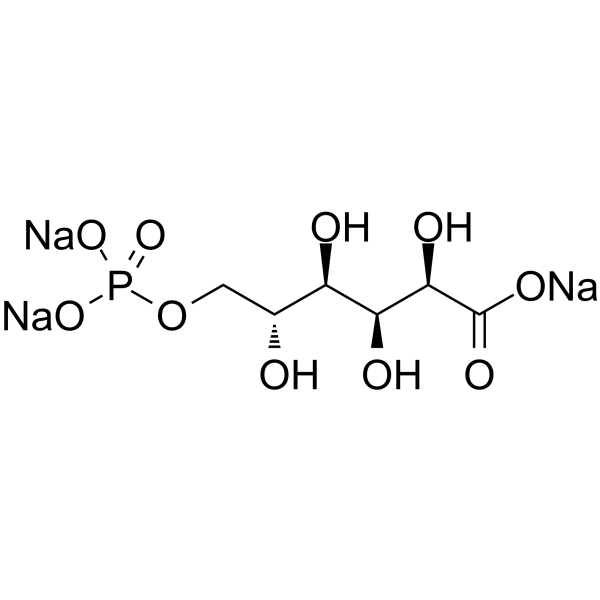
-
GC50613
673 A
ALDH1A阻害剤;CD133陽性がん幹細胞(CSC)を減少させる

-
GC18335
6β-hydroxy Dexamethasone
6-hydroxyDEX, 6β-hydroxydexamethasone, 6OH-DEX
6β-ヒドロキシデキサメタゾンは、親化合物よりも親水性が高いデキサメタゾンの代謝産物です。
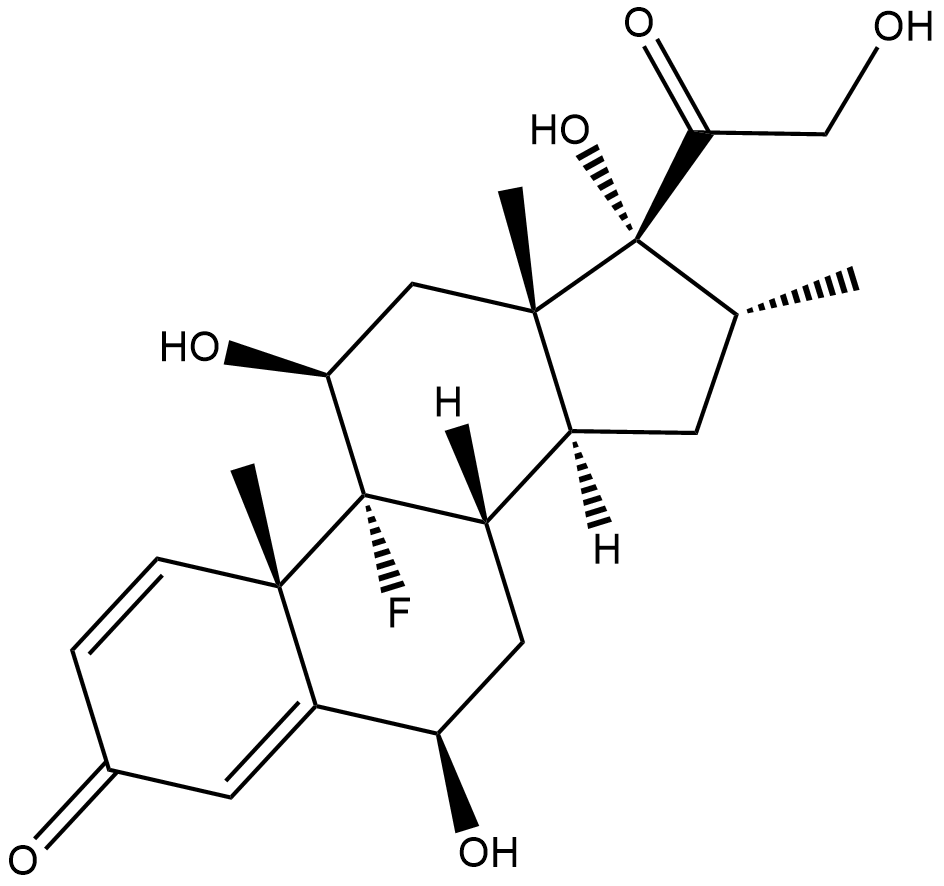
-
GC40087
7α-hydroxy-4-Cholesten-3-one
7α-ヒドロキシ-4-コレステン-3-オンは、コレステロールからの胆汁酸合成の中間体です。

-
GC49298
7α-Thiomethylspironolactone
SC 26519
スピロノラクトンの主要な代謝物質

-
GC49391
7α-Thiospironolactone
Deacetylspironolactone, Mercaptospironolactone, SC-24813, 7α-Thio-SL
スピロノラクトンの活性代謝物

-
GC46732
7(S),17(S)-dihydroxy-8(E),10(Z),13(Z),15(E),19(Z)-Docosapentaenoic Acid
7(S),17(S)hydroxy DPA
抗炎症作用を持つDPAの代謝物

-
GC10533
7,8-dihydro-L-Biopterin
BH2, Dihydrobiopterin
7,8-ジヒドロ-L-ビオプテリンは、テトラヒドロビオプテリンの酸化生成物です。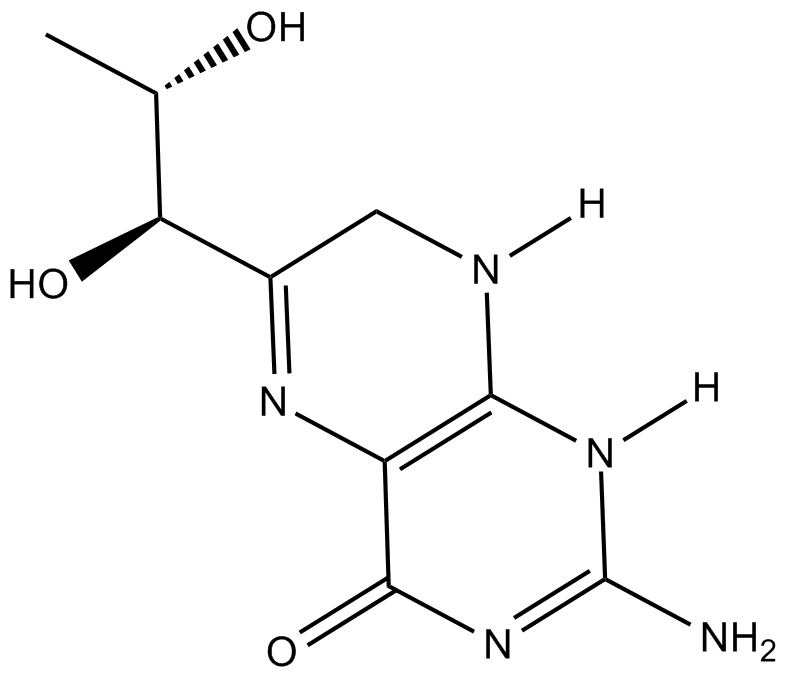
-
GC45673
7,8-Dihydroneopterin
D-erythro-7,8-Dihydroneopterin
炎症マーカーである 7,8-ジヒドロネオプテリンは、一酸化窒素シンターゼ (iNOS) 発現の増強を介して星状細胞およびニューロンの細胞アポトーシスを誘導します。
-
GC33450
7-Dehydrocholesterol
Provitamin D3
7-デヒドロコレステロールは、コレステロールとビタミン D3 の生合成前駆体です。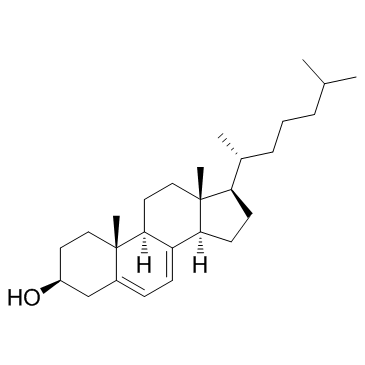
-
GC40978
7-epi Maresin 1
7(S)MaR1, 7(S)Maresin 1
7-epiマレシン1は、7(R)ヒドロキシル基を含むマレシン1の非活性な7(S)エピマーです。

-
GC48649
7-hydroxy Chlorpromazine (hydrochloride)
クロルプロマジンの活性代謝物質

-
GC42606
7-hydroxy Coumarin Glucuronide (sodium salt)
7-ヒドロキシクマリングルクロン酸は、7-ヒドロキシクマリンの第II相代謝物であり、7-ヒドロキシクマリン代謝の分析のための標準として使用することができます。

-
GC42607
7-hydroxy Coumarin sulfate (potassium salt)
7-HC, 7HCS
7-ヒドロキシクマリン硫酸塩は、クマリンの第II相代謝物であり、GCまたはLC-MSを使用した7-ヒドロキシクマリン代謝の分析に内部標準として使用することができます。

-
GC49748
7-hydroxy Etodolac
エトドラックの不活性代謝物

-
GC49051
7-hydroxy Methotrexate
NSC 380962, 7-hydroxy MTX
7-ヒドロキシ メトトレキサートは、メトトレキサートの主要な代謝産物です。
-
GC42608
7-hydroxy Methotrexate (sodium salt)
7-hydroxy MTX
7-ヒドロキシメトトレキサート(7-hydroxy MTX)は、肝臓アルデヒドオキシダーゼによって変換されるMTXの第I相代謝物です。
